Strengthening Columns with Carbon Fiber Strips
Although carbon fiber strips are perhaps best known for their residential applications, they can present key support in larger infrastructure projects. One of those applications is its use in strengthening columns.
How Carbon Fiber Strengthens Columns

One of the keys for columns, obviously, is compressive strength. While carbon fiber doesn’t increase the compressive strength directly, it can do it indirectly.
Wrapping unidirectional carbon fiber strips around the circumference of the column provides additional confining strength, which gives the column increased tensile capacity. This allows the column to support greater loads.
If both additional vertical and horizontal support are required, bidirectional carbon fiber can be used instead.
Process For Applying Carbon Fiber to Columns
If the column only needs confinement strengthening, the process is simple.
First, fill and level any voids, cracks or uneven areas in the column to provide a smooth surface for the carbon fiber installation. Next, apply the carbon fiber strips horizontally, securing it to the column with epoxy resin. Make sure that the ends lap back onto itself where they meet.
If the column also needs vertical, or flexural, support, there are two methods. The first is to use bidirectional carbon fiber in a similar manner, but making sure that the horizontal joints between strips overlap.
The second method is to use unidirectional carbon fiber running both horizontally and vertically, with the horizontal strips providing the confinement strengthening and the vertical strips providing the flexural strengthening. Install the horizontal strips the same as in the first example and run the vertical strips the length of the column.
Where Can Carbon Fiber Be Used to Support Columns?
Many structures require large support columns, from parking decks to factories. It speaks to the versatility of carbon fiber that it can provide additional support for a wide variety of columns in a wide variety of places.
While one of the more common uses involves the type of round, concrete column that is found in structures such as parking garages, other types and shapes of columns can be supported as well. That includes different shapes (for instance square) and different materials (including brick or even wood).
When a structural column requires more support, either because the materials it is built from are deteriorating or because the load it needs to hold up is increasing, carbon fiber is likely to provide a solution.
Benefits of Using Carbon Fiber to Strengthen Columns
Carbon fiber holds a number of distinct advantages beyond even its significant tensile strength when it comes to strengthening columns.
- Versatility: The strips adjust easily to different shapes of columns, conforming to each. They also can, by themselves, strengthen both vertically and horizontally if the job requires it.
- Non-invasive: The application of the thin carbon fiber strips is about as non-invasive as you can get – no adding additional supports and no other structural changes to the columns.
- Light Weight: The light-weight nature of carbon fiber makes it less physically taxing to install than methods involving steel or concrete.
- Non-Corrosive: Corrosion within metal supports is among the reasons why a column might need the additional support provided by carbon fiber in the first place. Corrosion is not an issue with carbon fiber.
- Avoids the Expense of Major Structural Repairs: In some cases, the alternative to using carbon fiber could be replacing the columns entirely or adding additional structural supports. In either case, the price tag would likely be far higher than that of carbon fiber.
Any Questions About Uses for Carbon Fiber?
If you want more information about supporting columns with carbon fiber or want to become a Carbon Fiber Support partner contractor, contact us today.




